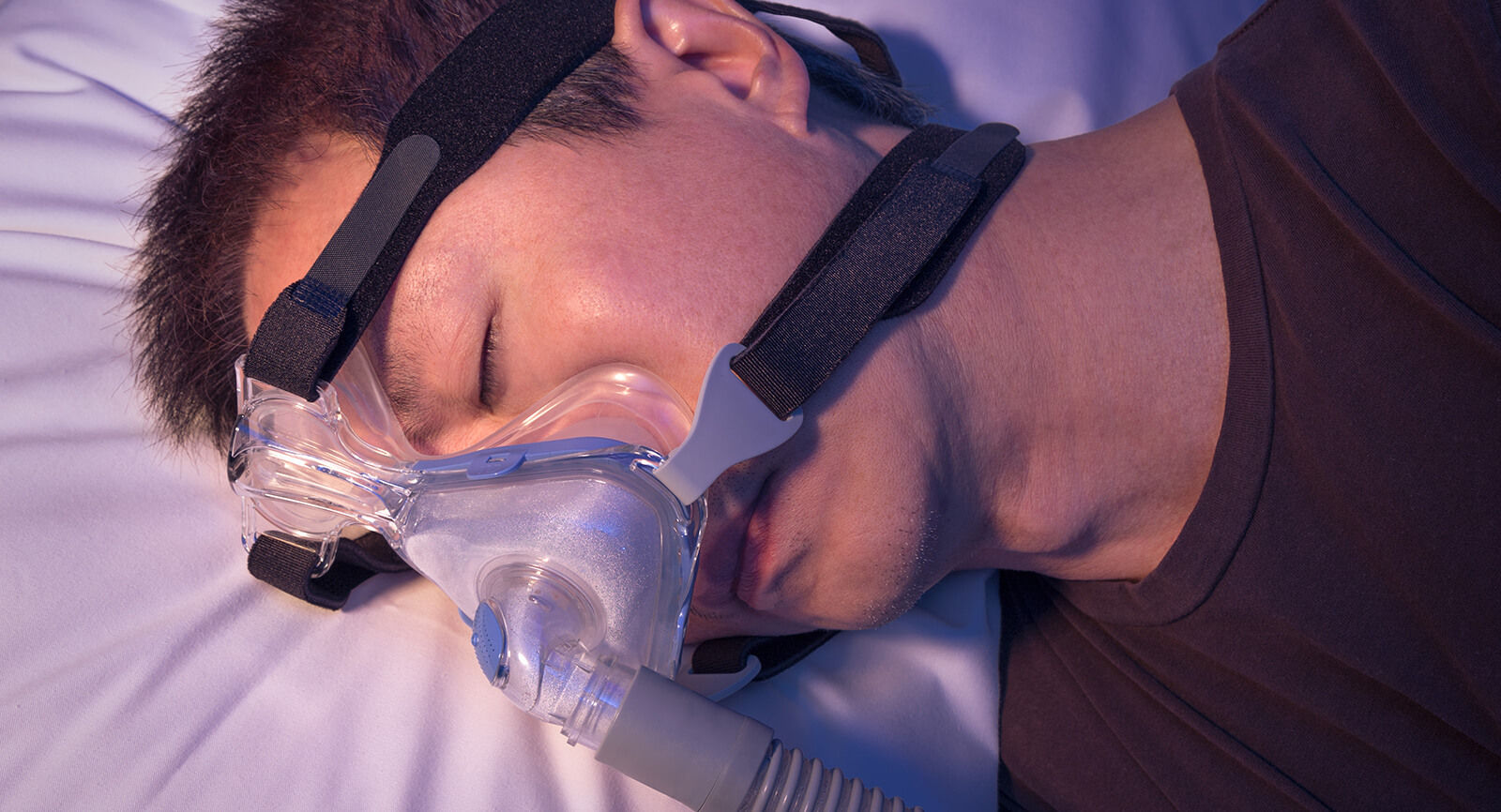Use of High Velocity Therapy in a Patient Intolerant of Non-invasive Positive Pressure Ventilation in the Emergency Department

Sheldon Spivey, RRT • Terrell Ashe, RRT-NPS • Rose Dennis, RRT • Paige Hick, RRT
Athens Regional Medical Center Athens, Georgia
Vapotherm does not practice medicine or provide medical services or advice. Vapotherm’s high velocity therapy is a tool for treating respiratory distress. Although individual results may vary, Vapotherm believes this case study is an example of the clinical benefit Vapotherm’s high velocity therapy can have in an emergency department setting.
Patient History and Presentation
This 54 year old female presented with severe hypoxemia and acute dyspnea that woke her from sleep. An initial review of systems and auscultation found her lung fields with bibasilar crackles and a prolonged expiratory phase. She described that she had been experiencing exertional dyspnea and orthopnea during the days leading to this visit. Additionally, the patient reported that she had received an incomplete course of hemodialysis three days earlier possibly contributing to this presentation. Her home therapy includes 3 L/min oxygen by nasal cannula.
This patient had been seen multiple times in this emergency department for severe respiratory distress, and has been previously diagnosed with hypertension, chronic obstructive pulmonary disease, congestive heart failure, and end-stage renal disease. The current differential diagnosis included acute exacerbations of any of her chronic states and pneumonia.
Treatment and Response
Having been familiar with this patient, the staff ordered non-invasive positive pressure ventilation (NiPPV) almost immediately on her arrival. The patient was intolerant of the NiPPV mask, demonstrating increased anxiety with tachypneic and periods of decompensation despite the positive pressure and high fraction of oxygen (FiO2) being provided. Intubation due to the worsening clinical picture was becoming a concern and equipment was readied to perform the procedure. In the interim, Vapotherm high velocity therapy was initiated with settings of 70% FiO2 at 32 L/min and administration of albuterol sulfate and ipratropium bromide via a vibrating mesh nebulizer was begun. The nebulizer was placed inline with the high velocity therapy circuit with a ‘T’ adapter. An arterial blood gas (ABG) drawn at the time of high velocity therapy application showed a picture of combined respiratory failure; pH = 7.32, PaCO2 = 47; PaO2 = 70. Dramatic improvement was noted within five minutes showing a 4-fold reduction in respiratory rate, and corresponding drops in blood pressure and indices of myocardial work. The FiO2 was titrated to 50% within about 15 minutes of the initiation of the therapy. Radiology done after the patient was stabilized revealed a right side pleural effusion, which was subsequently tapped after her admission to the ICU later that morning.
Chronological patient vital signs & laboratory data
Interpretation
This patient presented with an effusion and building pneumonia confounded by her chronic renal failure which leads to ventilation – perfusion mismatch and alveolar capillary diffusion defect. There was an obvious decrease in the work of the myocardium and a marked decrease in her respiratory rate just after application of high velocity therapy. Both of effects were presumably a result of the reduction in extrathoracic dead space as a function of the purge of expiratory gas from the conductive passageways superior to the glottis. A reduction of anatomical dead space allows for an improvement in the Vd/Vt ratio allowing the patient to more efficiently expel CO2, even in the face of a reduced minute ventilation. Unfortunately, there was not a second ABG drawn in the emergency department to compare the initial with, however it should be noted that the patient’s clinical picture stabilized to a level that the staff felt a follow up ABG was not indicated.
Of note, this was the second time this patient had presented to the emergency department within fourteen days with an identical issue. The visit two weeks earlier had the same course in which she was treated with high velocity therapy. There again, she resolved quickly and was admitted to the general floor.
Conclusions
This patient avoided intubation and mechanical ventilation by the expeditious application of high velocity therapy to reduce her work of breathing. This case shows how high velocity therapy led to the avoidance of the numerous hazards and increased length of stay associated with mechanical ventilation.